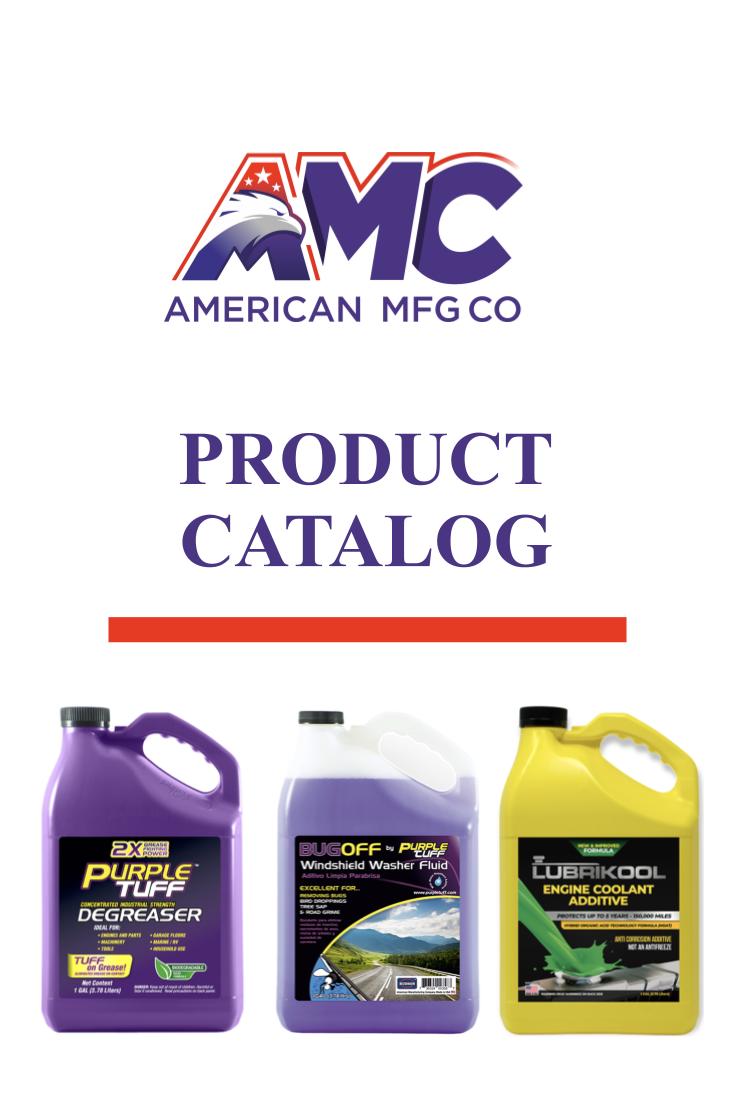Blog
How to Degrease Your Car Engine – and Why

As convenient as it is to own a car, keeping it clean can be a challenging task. While it’s easy to notice when the exterior of your car is dirty, the same doesn’t apply to the engine bay, which often leads to hidden issues. Just as the heart is a vital organ in the human body, the engine is the heart of any vehicle. It converts fuel into energy to power the car. Much like the human heart, we must keep the engine in good condition and free from grease to prolong the lifespan of our vehicles.
From the moment your vehicle starts burning fuel and running, dirt, debris, and grime find their way into the engine through hood openings and the front of the car. If not cleaned routinely, this can cause serious efficiency problems, reducing your car’s quality and lifespan. That’s why mechanics and automotive companies recommend degreasing the engine regularly. While it may sound tedious, it’s necessary to ensure your vehicle’s optimal performance. This blog will provide useful guidelines to help you through the process without wasting much time.
Why Is It Important to Degrease Your Car Engine?
Degreasing helps maintain both the aesthetics and functionality of your vehicle. A clean engine makes it easier to detect other issues without always relying on a mechanic. It also reduces the chances of accidents or excessive expenses by allowing you to spot oil leaks or damaged areas early on. Using an industrial degreaser to clean engines safely removes all the buildup and enhances your driving experience.
Why Are Industrial Degreasers Important?
Failing to clean your engine can cause dirt and debris to accumulate, which often act as insulators that prevent heat from dissipating properly. This can lead to mechanical issues such as overheating and damage to other car components. Adding a degreaser helps release trapped heat, optimize efficiency, and improve fuel consumption.
Additionally, without layers of grease, you can quickly identify oil leaks on the engine surface and repair them before they turn into bigger problems. A clean engine also increases your car’s resale value, as it shows proper care and maintenance.
Get Ready to Degrease Your Car!
If you want your car to run as smoothly as in the movie Baby Driver, you need to keep it as clean as possible. Let’s gather your tools and get started.
Gather Your Supplies
First, collect everything you need—especially the degreaser. Industrial degreasers are widely available in auto parts stores and online. Purple Tuff by American MFG is also a great option as a multipurpose cleaner; it can be diluted to suit your cleaning needs for almost any car surface.
Don’t forget plastic bags and duct tape to cover distributors, spark plugs, and other electrical components before applying the degreaser. A stiff-bristle brush is commonly used for this job, but even an old toothbrush can work. Scrub, scrub, scrub until all the grime disappears.
Protect Yourself and Use Water
Once all sensitive components are covered, prepare a sustainable water source like a garden hose and a bucket. Place a piece of cardboard under the engine to catch runoff water. Wear old clothes and always use protective gear—rubber gloves and safety glasses—to shield yourself from chemicals and debris.
Let the Engine Cool Down
If you just drove your car, allow the engine to cool down. Excessive heat can evaporate liquids quickly. Disconnect the battery to avoid accidents, and cover sensitive parts like the air intake system, exposed electrical connections, and spark plugs.
Apply the Degreaser
Spray the industrial degreaser evenly across the engine surface, focusing on greasy buildup areas like the engine block, oil pan, and valve covers. Let it sit for 10–15 minutes to break down the dirt and grease. Then, scrub gently with your brushes to remove loosened grime. Avoid scrubbing too hard on delicate areas.
Rinse, Dry, and Inspect
Rinse the engine with water carefully, avoiding direct splashes on covered electrical components. Allow the water to drain and air dry, then use a lint-free cloth to wipe away excess moisture. Once everything is dry, carefully remove all plastic coverings from electrical and sensitive components.
Reconnect and Test
Reconnect the battery you had disconnected earlier. Start the engine briefly to ensure your car is running perfectly.
A Little Care Goes a Long Way
Never skip degreasing your engine if you want your car to run like new. If you’re unsure which product to use, Purple Tuff by American MFG is the ideal choice. This leading manufacturer of industrial degreasers has developed a high-quality, concentrated, non-toxic formula that is both cost-effective and eco-friendly—perfect for car cleaning.
How to degrease your car engine and why?

As convenient as it is to own a car, keeping it clean can be a difficult task. While it’s easy to notice if the exterior of the car is dirty, the same doesn’t happen with the interior, which often leads to hidden problems. Just as the heart is a vital organ in the human body, the engine is the heart of any vehicle. It converts fuel into energy to make the car run. Similar to the human heart, we must keep the engine in good condition and free from grease to prolong the life of our cars. From the moment the vehicle starts burning fuel and running, dirt, debris, and grime enter the engine through the hood openings and the front of the vehicle. If not cleaned routinely, this can cause serious efficiency problems and reduce the vehicle’s lifespan and quality. For this reason, mechanics and automotive companies recommend degreasing the engine regularly. While it may seem tedious, it is necessary to ensure optimal vehicle performance. This blog contains some useful guidelines to help you with the process without wasting too much time.
Why is it important to degrease your car engine?
This helps maintain both the aesthetics and functionality of your vehicle. A clean car makes it easier to detect other issues without always relying on a mechanic. It also reduces the chances of accidents or excessive expenses by identifying oil leaks or damaged areas in time. You can turn to an industrial degreaser manufacturer to clean the engines and safely remove all dirt, thus improving your driving experience.
Why are industrial degreasers important?
Not cleaning the engine can lead to the accumulation of dirt and debris, which often act as insulators and prevent heat from dissipating throughout the machine. This can cause mechanical issues, such as overheating and damage to other parts of the car. Adding a degreaser helps dissipate the accumulated heat in the engine and optimizes efficiency and fuel consumption. Additionally, without grease, you can quickly identify oil leaks on the engine surface and repair them before they become a bigger issue. It also increases the resale value of your vehicle, as a clean car is an indicator of proper care and maintenance.
Get ready to degrease your car!
If you want your car to run as smoothly as the one in the movie Baby Driver, you need to keep it as clean as possible. Let’s gather your tools to start degreasing.
Get the supplies!
First, gather everything you need, especially the degreaser. Industrial degreasers are easily available at auto parts stores or online. Purple Tuff from American MFG is also a good option as an all-purpose cleaner, and you can dilute it as needed to clean almost anything in your car. Don’t forget to grab plastic bags and tape to cover the distributors, spark plugs, and other electrical components before applying the degreaser. A stiff-bristle brush is commonly used for this cleaning, but you can also use a toothbrush. Brush, brush, brush until all the dirt is gone.
Protect yourself and use water for cleaning.
Once the components are covered, look for a sustainable water source, such as a hose and a bucket that are waiting in your garage for this moment. Also, prepare the area by placing an old cardboard under the engine to catch the water that drips. Remember to wear your oldest and most comfortable clothes and don’t forget the protective gear: rubber gloves and safety glasses to protect yourself from chemicals and debris.
Let the engine cool down.
If you’ve just driven your car, let it cool down a bit, as the excessive heat from the engine can cause liquids to evaporate. Disconnect the battery to avoid accidents. Then, cover all the components sensitive to liquids, such as the air intake system, exposed electrical connections, and spark plugs.
Time for the degreaser!
Spray the industrial degreaser evenly over the surface of the engine, focusing on areas with the most grease buildup, such as the engine block, oil pan, and valve covers. Let it sit for the recommended time to break down all the dirt and grease, usually 10 to 15 minutes. Then, use the brushes you gathered to gently scrub and remove all the loose dirt. Avoid scrubbing too hard to prevent damaging the sensitive areas of the engine.
Rinse, dry, and inspect.
Rinse the engine with water, avoiding direct splashes on the covered electrical components. Let the water drain and air dry, then use a lint-free cloth to wipe off any excess moisture. Once it’s completely dry, carefully remove all the plastic covering the electrical components and other sensitive parts.
Reconnect and test
Reconnect the battery you had disconnected before cleaning. Start the engine for a moment to make sure your car is running perfectly.
A little care makes a big difference.
Never stop degreasing the engine if you want your car to run like new. If you’re unsure between the multiple options available, Purple Tuff from American MFG should be your choice. This industrial degreaser manufacturer has created a high-quality product with a concentrated, non-toxic formula that is both cost-effective and environmentally friendly for car cleaning.




